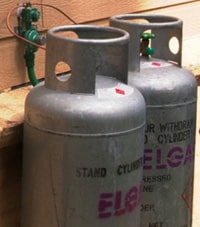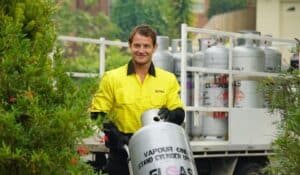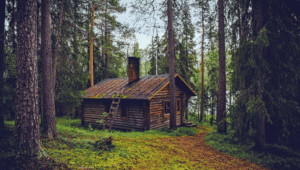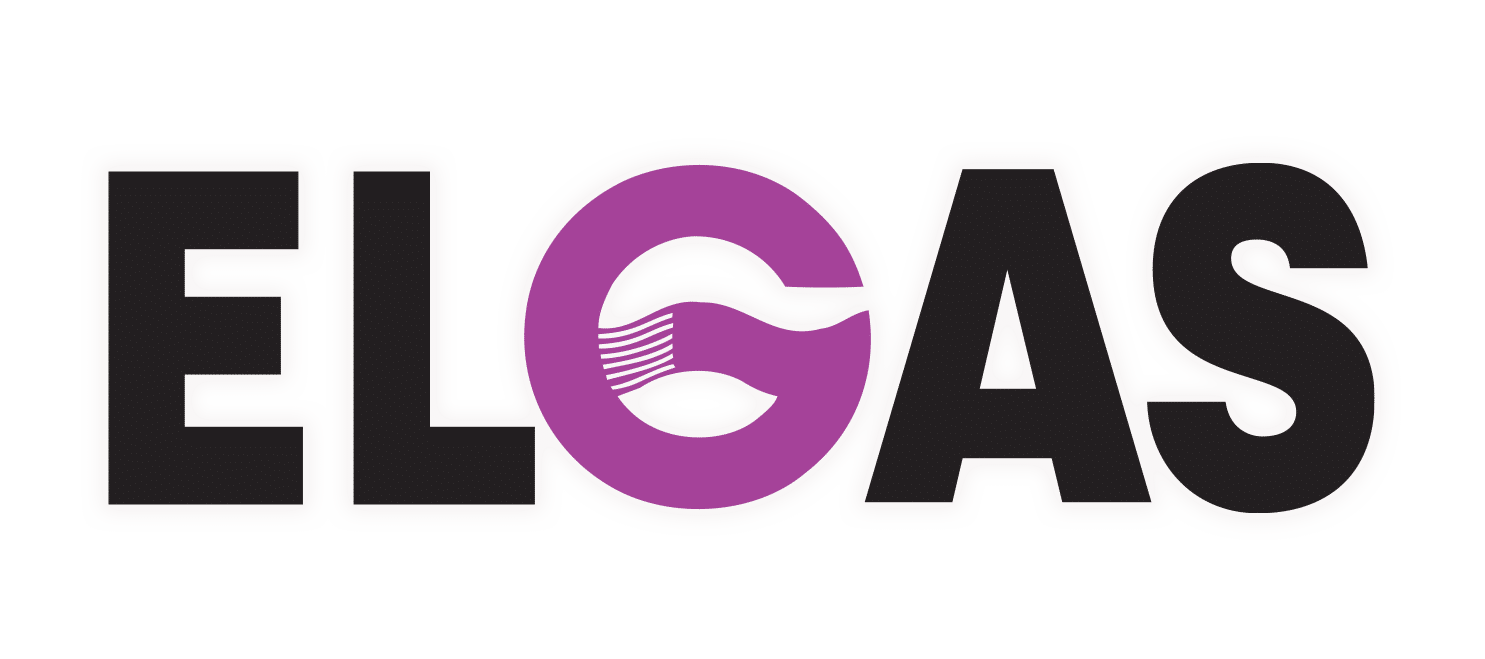Living Off the Grid with LPG

Living Off The Grid (OTG) is generally defined as living without being connected to public utilities, such as electricity, natural gas, water or sewage.
In general, there are two groups of people who live off the grid… those that want to and those that have to.
And it is only of one of these two groups that are users of off-grid LPG.
Off the Grid by Choice
The first group are those that do it by choice.
Their motivation is usually to either live with a zero carbon footprint, save money or both.
They only use renewable energy sources, such as photovoltaic, wind, and solar.
The goal is a stand-alone system using no fossil based fuels.
So, while LPG is a relatively low carbon energy source, it is nevertheless a fossil fuel and not included in this group’s agenda.
While very different, survivalists would also have to be included in this first group, as they choose to prepare for the collapse of the economy or civilisation in general.
Here’s a quick peek at different off-grid LPG use scenarios.
Off Grid LPG by Necessity
 The second group are those that are off the grid out of necessity.
The second group are those that are off the grid out of necessity.
They typically live in remote areas where there is no option to be on the grid or connecting to the grid would be prohibitively expensive.
These people are willing to consider all possibilities, including both renewables and transportable fossil fuels, like LPG and diesel.
For obvious reasons, this article is directed toward homeowners in this situation.
Why Not Just Go 100% Renewable?
Off the grid renewables are not inexpensive.
For example, an off the grid photovoltaic (PV) or wind system must have battery storage capability, as there is no electricity grid to back it up.
 It also needs to be oversized, to allow for all situations, including periods of high load.
It also needs to be oversized, to allow for all situations, including periods of high load.
All of this is expensive.
Homeowners who cannot afford this type of investment or owners of holiday homes that are infrequently used would not find this option very attractive.

However, there are alternatives. Here are some areas where off grid LPG can make day to day life easier and more comfortable:
1. Hot Water
2. Cooking
3. Heaters
4. Cogeneration
5. Refrigerators
6. Generators
Hot Water
There are LPG tankless hot water systems that do not require any electrical connection at all.
They use either an electrical connection or have a water flow driven ignition system.
Hot water is typically about 25% of a home’s energy consumption, so a gas hot water system greatly reduces the amount of electric generation required to run the home.
Cooking
There are LPG cooktops and ovens that have piezoelectric ignition.
This means that they also do not require any electrical connection.
The cooking experience is exactly the same as natural gas.
Heaters
LPG heaters come in many models with many different features.
Once again, there are models that require no electrical connection.
Even the models that require electricity only use it for the blower fan, so electrical consumption would be low.
Combined Heat & Electricity Generation
There is new cogeneration technology, combining heat and power in a system sized for the average home.
These systems are also known as micro-CHP (Combined Heat & Power).
They use an LPG fueled engine, which drives a generator and provides heat captured from the engine combustion process.
These innovative systems are more than 90 percent energy efficient.
Currently available in other countries, we should see this technology in Australia within the next few years.
Refrigerators
Refrigerators are also substantial electricity users.
Many people are not aware that you can get an LPG powered refrigerator, requiring no electricity at all.
Some models are dual fuel and will run off of either LPG or 240V, whichever is available or more convenient.
Generators
Generators can be used alone or in combination with a renewable system, like PV panels.
There are both LPG and diesel generators available.
LPG has advantages over diesel in that produces less CO2 and has none of the carcinogenic fumes that are produced by diesel engines.
Using LPG also means that you only need a single fuel source and storage.
Finally, LPG last indefinitely so it’s perfect for an infrequently used holiday home.
Off Grid LPG That Fits Your Lifestyle
With LPG in your off the grid home, you don’t have to sacrifice your standard of living to reside in a remote location.
LPG provides all of the comforts of home with a minimal investment.
One of the side benefits of being off grid is that there are no weather related power outages.
Your LPG system is self-contained and unaffected by the elements.
LPG can be supplied almost anywhere and large storage tanks are available to ensure an adequate supply.
The LPG is delivered by a tanker truck that refills your LPG tank on-site.
Alternatively, your LPG supplier may just exchange your cylinders, taking away the empties and replacing them with full ones.
The end result is that you can be OTG and comfortable, no matter where you live.
New Residential LPG customer?
New Business LPG customer?
Existing ELGAS customer?
- Butane – Butane Gas – Butane Chemical Formula- Butane Gas Canister - April 23, 2025
- BBQ – Gas and Charcoal BBQ Features – Charcoal BBQ vs Gas BBQ Comparison - March 31, 2025
- GPL Gas (GPL Fuel) – GLP Gas – LPG Gasul: GLP – GPL Station Near Me - March 26, 2025
Steve Reynolds
Technical Consultant
Steve Reynolds is a leading expert in the LPG industry with over 22 years of experience. As part of the national management team at ELGAS, Steve ensures the safe and efficient storage, handling, and transportation of LPG. He serves as the lead investigator for incidents and collaborates with authorities on industry developments.
Steve is a technical advisor to Standards Australia and Gas Energy Australia (GEA), and an active member of the World LPG Association (WLPGA), contributing to global standards and technical reviews. He holds a BSc. (Hons) in Industrial Chemistry from UNSW and has held senior safety and technical roles at ELGAS, making him a trusted authority in LPG safety and standards.
